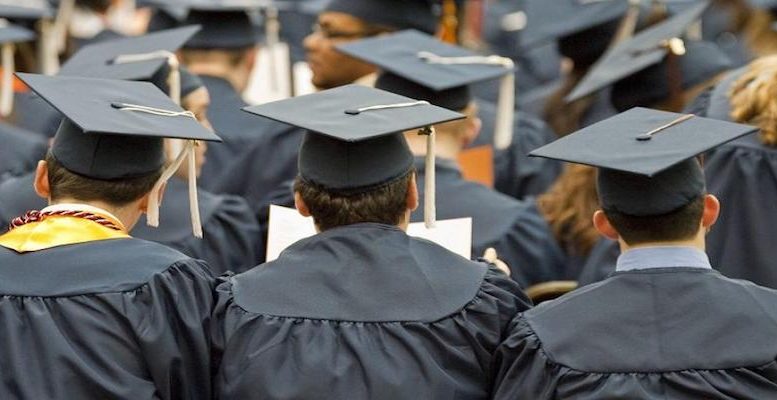Pablo Pardo | Student debt is a typically American concept. In a country where annual tuition at a mediocre public university can cost $10,000 or $15,000, plus health insurance, people apply for a loan to pay for their studies.
These are credits that, even if the debtor suspends payments, are not forgiven. And the only liabilities which, in case of marriage, are transferred to the spouse: literally community debts. There are several hundred Americans who receive their pensions minus the student debt they incurred four or five decades ago.
The total amount of that debt is over $1 trillion ( 850 billion euros ).But since the beginning of the pandemic, the US has spent more than $2.2 trillion (almost 1.9 trillion euros) to avoid the economy crashing. That is more than double the student debt.
Amongst the most relevant and well-known members of the Republican Party, this has never been a matter for debate. For this formation, these liabilities are not a problem in which the State should intervene. And even less so now, when the key to identifying Republican voters in general and Donald Trump’s in particular, is their level of education.
In 2016, Hillary Clinton obtained 21% more from Americans with a university degree than amongst those without one. Amongst voters who did not graduate, Trump won by seven points. The differences are even greater for whites. So Trump’s populist strategy of seeking out the low-culture, white vote is no nonsense. After all, two-thirds of the population does not have a college degree, according to the Census. And nearly three-quarters of the citizens are white.
Divisions
The cultural gap goes hand in hand with the economic disparity in the United States. The world’s leading power has a much greater tolerance for inequality than Europe, and the pandemic has exacerbated these divisions.
The US is likely to emerge from the Covid-19 recession faster than the EU. But its recovery will most likely be in a ‘K’ shape. That means, for most people, the recession will probably last another year.
The gap between Republicans and Democrats and, at the same time, between Democrats, over the question of student debt illustrates how the debate on economic policy can be in 2021. On the one hand, if Trump wins, it is very likely that nothing will change, despite the K-shaped recovery. But if it is Biden who goes to the White House, things are a little more complicated. The Democrat candidate has had to recruit an economic team which combines several of his advisors during the Obama presidency, including Julie Siegel, the head of the economic team of his former rival in the primaries, Elizabeth Warren, together with other experts who come from the labour world.
But beyond what happens today, what can be done about the inequalities? For Donald Trump and the Republican Party, that is not a problem because inequality either does not exist or is an individual responsibility. The problem is that reality is stubborn, and it is determined to show that this is not the case. Up to 40% of US farmers’ incomes comes from the state, either in the form of subsidies, state-guaranteed credits, or other aid. And the Donad Trump government itself has tried, albeit with a small mouth, a universal minimum income scheme with its $1,200 cheques to all citizens with incomes under $90,000 a year for Covid-19. When the revival begins in earnest, Americans will continue to depend on the state more than ever. And the tone of the debate on inequality is going to be strident.





